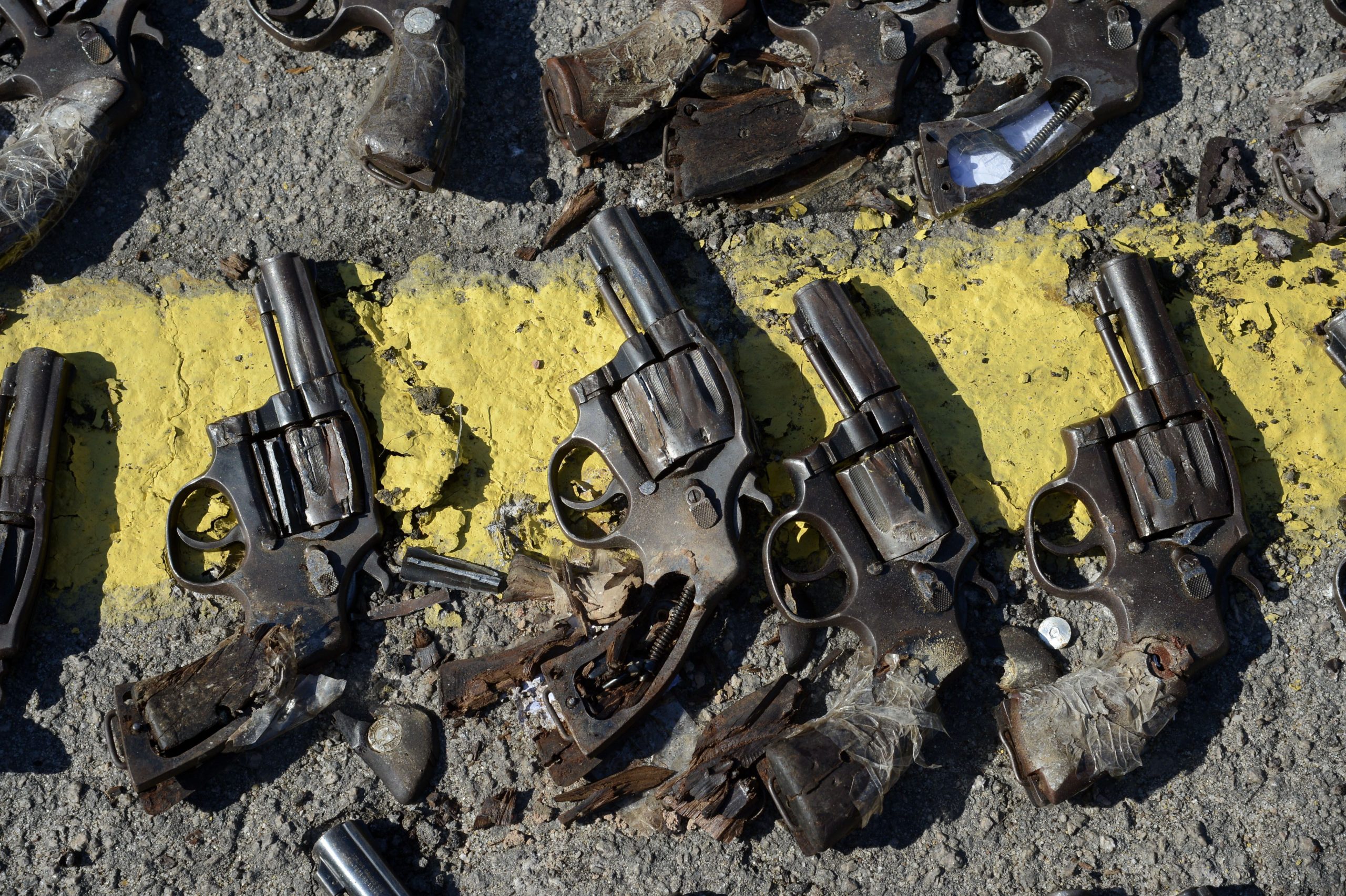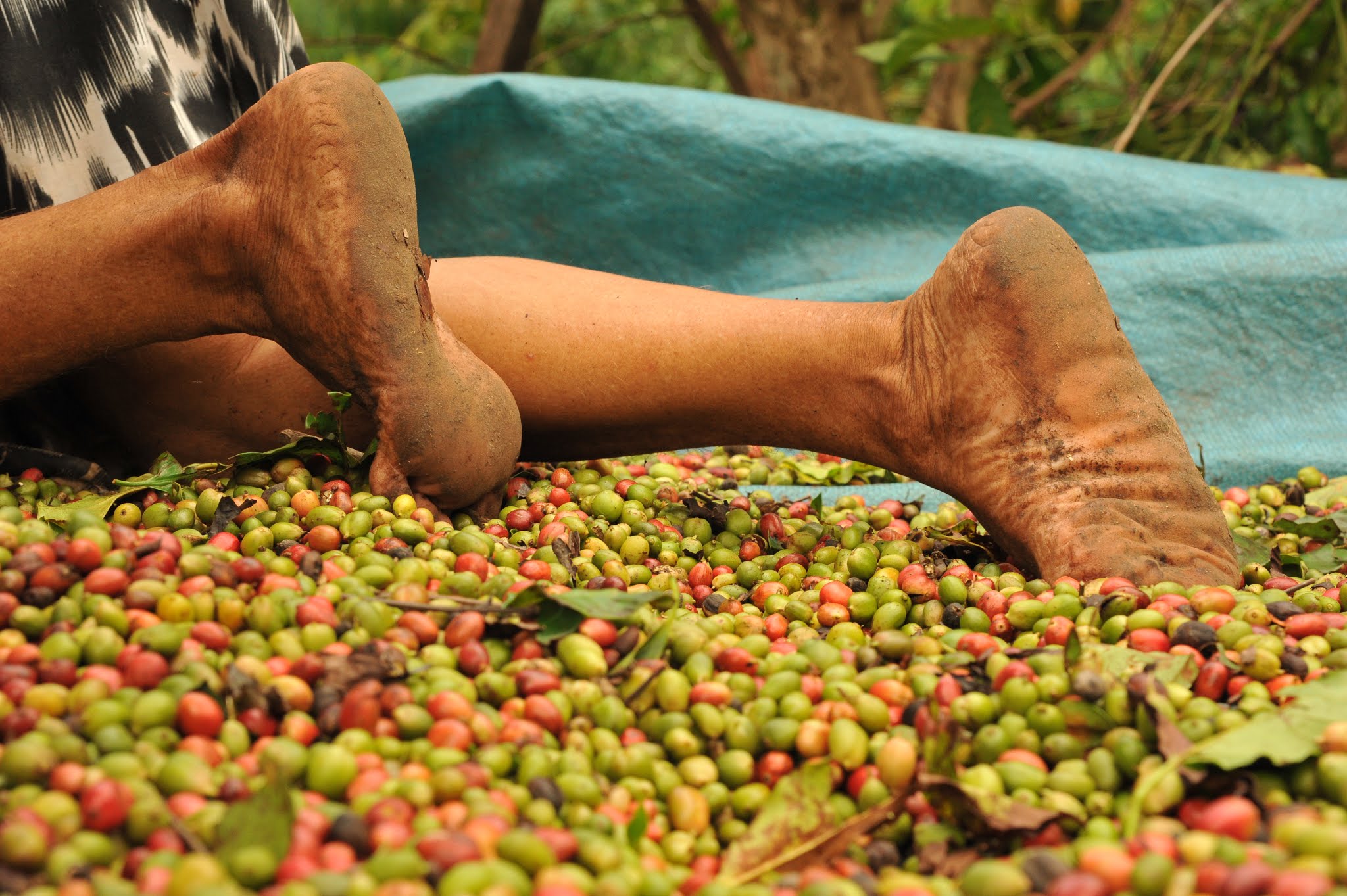Historic error
In a session that may go down in history as a landmark setback for human rights, the Constitution and Justice Commission of the lower house of Congress approved this Tuesday, March 31, the Constitutional Amendment Bill 171/1993 that lowers the age of criminal responsibility from 18 to 16.
As far as Conectas is concerned, it is an historic error that must be reviewed in the next stages of the legislative process. The bill now proceeds to a special commission that will analyze it over the course of 40 sessions. Afterwards, it will be submitted to the full house, where it needs to be approved in two rounds of voting by three fifths of the members before proceeding to the Senate.
“From the point of view of public security, the crimes committed by under 18s represent a tiny fraction in the country’s statistics. And the vast majority of these crimes do not involve violence. The members of Congress who supported the bill are legislating based on exceptions, which is counter-productive when dealing such an important and sensitive matter,” said Marcos Fuchs, associate director of Conectas.
“There is a consensus that the issue of crimes committed by young people should receive special attention by the State, since they are still developing. The reduction of the age of criminal responsibility to 16 ignores this understanding and it is also based on the assumption that tough laws are the answer for a safe society, which is entirely false,” added Juana Kweitel, program director.
In addition to being an entrenched clause in the Constitution – meaning it should not be altered – any reform of the age of criminal responsibility would go against a recommendation of the United Nations. The UN has said that such a move would pose a threat to the rights of children and adolescents and would also conflict with global trends in juvenile justice. The initiative has also led the Inter-American Commission on Human Rights (IACHR) of the Organization of American States (OAS) to publicly express its concern with the matter.
“Unlike what some people think, adolescent offenders are already punished in Brazil. And, moreover, the data leave no doubt that young people are far more often victims than perpetrators of violence in our country,” said Rafael Custódio, coordinator of Justice at Conectas. “Criminality is only reduced with heavy investments in prevention. One of the most important ways of combating juvenile crime is investment in education,” he explained.
To clarify why lowering the age of criminal responsibility does not work, Conectas presents evidence below to refute 5 common myths.
Myth: Detaining adolescents who have committed crimes in prisons instead of holding them in youth detention centers will reduce criminality
 Detention is not the solution. Unlike what some people claim, Brazil imprisons too much and does so badly. Data from the Ministry of Justice reveal that the Brazilian prison system has the world’s fourth largest prison population – with 574,000 detainees, according to information from June 2013 – behind only the United States, Russia and China.
Detention is not the solution. Unlike what some people claim, Brazil imprisons too much and does so badly. Data from the Ministry of Justice reveal that the Brazilian prison system has the world’s fourth largest prison population – with 574,000 detainees, according to information from June 2013 – behind only the United States, Russia and China.
Between 1992 and 2013, Brazil increased its incarceration rate (number of people in prison per 100,000 inhabitants) by 317.9%. The pace has been such that nearly half of these prisoners have not yet been properly convicted – 43.8% are pre-trial detainees.
However, in spite of this, things are not safer in the country. On the contrary, the increase in the incarceration rate has been accompanied by a rise in some crime rates. The number of murders, for example, rose 24% in 8 years, according to data from the Brazilian Public Security Forum.
Myth: Adolescents who commit crimes go unpunished

Under the current Brazilian legislation, young offenders can be punished by detention just like adults. The Child and Adolescent Act permits up to three years confinement.
Currently, more than 20,000 young people are held in detention centers, according to the 8th Annual Report on Brazilian Public Security. Despite differences in relation to adult prisons, in practice the loss of rights and the discipline are similar.
Adolescents receive a visit once a week and their relatives are subjected to an abusive search, a procedure that involves undressing, squatting repeatedly over a mirror, and anal and vaginal inspections.
Although they take courses and classes to help with their social reintegration, there are allegations of torture and mistreatment by agents of the State.
Moreover, the Child and Adolescent Act, just like the Criminal Code, provides for other types of punishment, such as probation, whereby young offenders remain under the constant supervision of a probation officer and are required to report to a judge periodically.
720.jpg) Myth: most of the crimes committed by adolescents are violent
Myth: most of the crimes committed by adolescents are violent
Of the more than 20,000 young people serving sentences in youth detention centers in Brazil, almost 90% have not been charged with crimes against life, according to the 8th Annual Report on Brazilian Public Security.
According to the data from 2012, 4% of the murders in Brazil – a country that has one of the world’s highest murder rates – were committed by under 18s who are now confined in youth detention centers.
720.jpg)
Myth: developed and developing countries set the age of criminal responsibility at less than 18
Of the 54 countries studied by Unicef (United Nation Children’s Fund), 78% set the age of criminal responsibility at 18 or older. These include France, Spain, Switzerland, Norway and Uruguay.
Myth: black and poor children and adolescents frequently lead a life of crime
720.jpg) In fact, children and adolescents in situations of social vulnerability are the main victims of crime and violence. According to the 2014 Violence Map report, more than half (nearly 30,000) of the 56,000 murder victims in 2012 were young people aged between 15 and 29, of which 77% were blacks.
In fact, children and adolescents in situations of social vulnerability are the main victims of crime and violence. According to the 2014 Violence Map report, more than half (nearly 30,000) of the 56,000 murder victims in 2012 were young people aged between 15 and 29, of which 77% were blacks.
Furthermore, nearly 151,000 children and adolescents aged up to 17, victims of mistreatment and aggression, were heard by the “Disque 100” (Dial 100) abuse helpline between January and December 2014.


